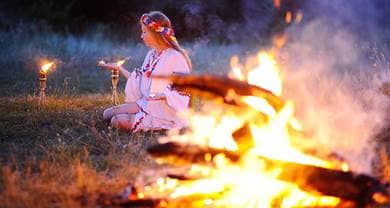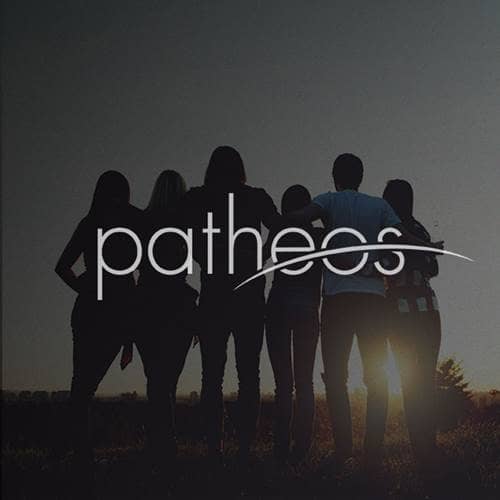- Trending:
- Pope Leo Xiv
- |
- Israel
- |
- Trump
- |
- Social Justice
- |
- Peace
- |
- Love

RELIGION LIBRARY
Paganism
Paganism represents a wide variety of traditions that emphasize reverence for nature and a revival of ancient polytheistic and animistic religious practices. Some modern forms of Paganism have their roots in 19th century C.E. European nationalism (including the British Order of Druids), but most contemporary Pagan groups trace their immediate organizational roots to the 1960s, and have an emphasis on archetypal psychology and a spiritual interest in nature. Paganism is not a traditional religion per se because it does not have any official doctrine, but it does have some common characteristics joining the great variety of traditions. One of the common beliefs is the divine presence in nature and the reverence of the natural order in life. Spiritual growth is related to the cycles of the Earth and great emphasis is placed on ecological concerns. Monotheism is almost universally rejected within Paganism and most Pagan traditions are particularly interested in the revival of ancient polytheist religious traditions including the Norse (northern Europe) and Celtic (Britain) traditions. Many Pagan traditions are intentionally reconstructionist in that they aim to revive many of the lost rituals of the ancient traditions, including holy days and seasonal celebrations. Besides Nature, many Pagans also worship a variety of gods and goddesses, including spirits which can represent national and local heroes as well as deceased family members. In this sense, many Pagans try to honor their ancestry and ancestors. Some Pagan traditions include ritual magic, but this practice is not universal.
Patheos' Pagan library has information on Pagan religions and practices, the origins of Paganism, a look into beliefs and rituals of its practitioners, and other information. In addition, Patheos has dedicated writers who write about life as a Pagan on our dedicated channel.
Quick Fact Details:
- Formed: Since the religious traditions that contemporary Paganisms draw on and seek to restore are ancient, the early 20th century date reflects only the revival of the practices and the communities that are sustained by them.
- Origin: The diversity of Pagan traditions includes myths, histories, and lore from a wide variety of pre-Christian sources, including northern Europeans as well as those of ancient Mediterranean communities.
- Followers: The diversity of Pagan traditions has made a comprehensive census nearly impossible. Practioners also point out that social discrimination against Paganism has kept many from practicing openly.
Quick Fact Sources include www.adherents.com, www.bbc.co.uk/religion, The Oxford Handbook of Global Religions (2006), The Encyclopedia of Religion (2005), the Religious Movements Page at the University of Virginia, The Cambridge Illustrated History of Religions (2002), and the Encyclopedia of World Religions (1999).
Don Frew explains what it means to be a Wiccan in today's world.
Quick Facts
| Formed | Early 20th Century |
| Adherents | 1,000,000 |
| Deity | Mainly Polytheistic |
| Sacred Text | Multiple, with diverse origins |
| Origin | Multiple sources |
| Headquarters | None |










